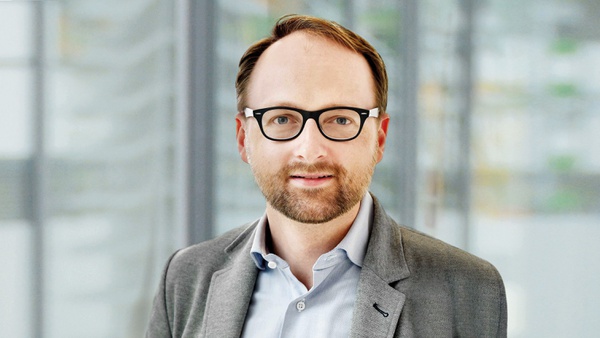Prof. Dr. rer. nat. Eric A. Jägle is a member of the SPACE Research Center and Professor of Materials for Additive Manufacturing Methods at the Institute of Materials Science of the Department of Aerospace Engineering.
Research at the Institute of Materials Science focuses on the improvement and new development of metallic materials for and by additive manufacturing. On the one hand, what is still a limited range of available alloys for additive manufacturing is extended by the development of new compositions. For this purpose, compositions are tested iteratively on the basis of thermodynamic predictions along the lines of rapid alloy prototyping. In this context, aluminum, nickel and iron-based alloys as well as particle-reinforced metal matrix composite materials are of particular interest. On the other hand, process-specific properties of additive manufacturing processes (laser powder bed fusion and laser cladding) are used to produce materials that would not be producible in conventional manufacturing processes. This includes in-situ alloy formation from powder mixtures and with the help of metal-gas reactions as well as the use of intrinsic heat treatment for in-situ phase conversion.
Another aspect that is becoming increasingly important in the application of additive procedures is the combination of different materials. In repair applications or in hybrid manufacturing of components (conventional and additive), for example, different alloys that may be metallurgically incompatible are used. These can be processed together using special process and alloying strategies.
The capability of additive manufacturing of multi-material components allows the production of functionally graded materials as well as multi-material metamaterials with unusual physical properties such as negative coefficients of thermal expansion.
Applications for these material developments in space flight range from high-temperature loaded components in engines (combustion chambers, turbomachines) to thermal expansion-stabilized satellite structures. Another important aspect is the use of additive manufacturing in the economic production of components in small series and in the production of complex tools and shapes.
For more information, see the website of the Institute of Materials Science >
Image Prof. Jägle: © Vinken/Max-Planck-Institut für Eisenforschung GmbH
